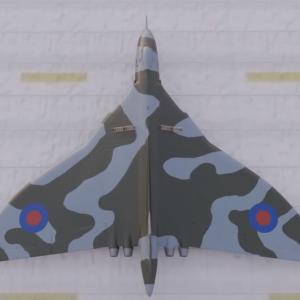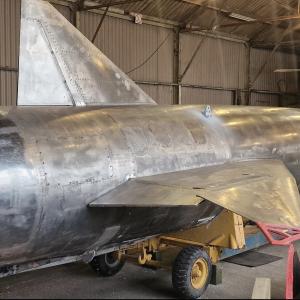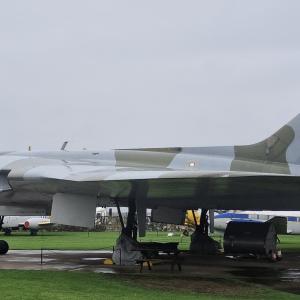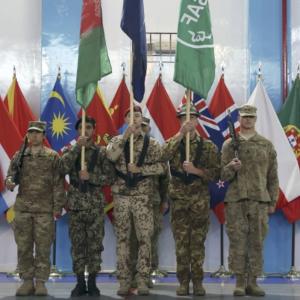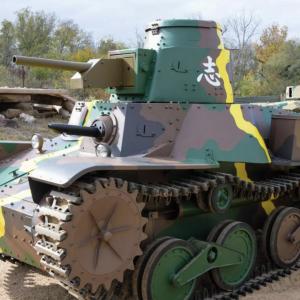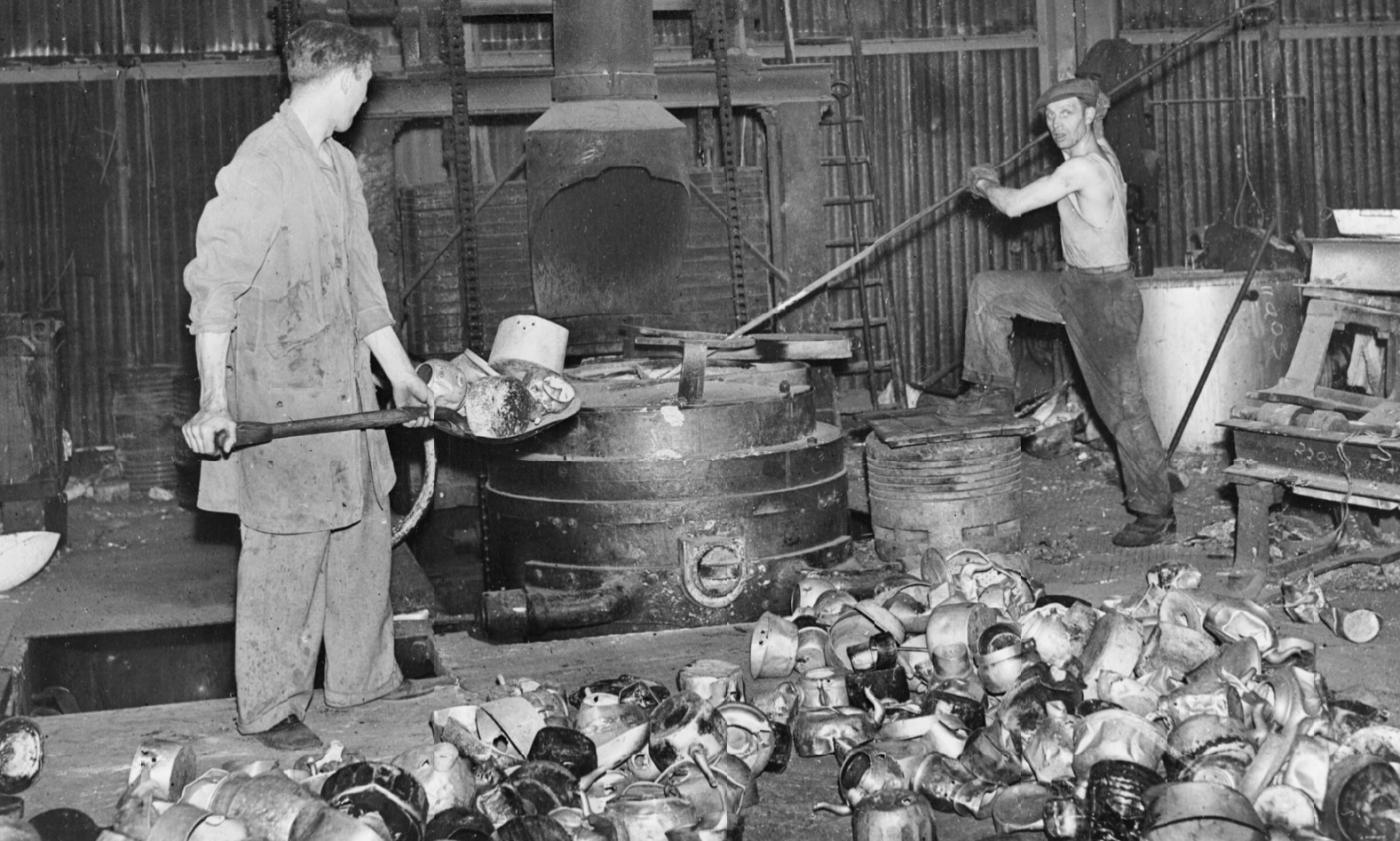
Pots to Planes
During World War II, aluminum became a vital material for the Allied war effort. Lightweight, durable, and resistant to corrosion, it was essential for building aircraft. Every plane, from nimble fighters to heavy bombers, required large amounts of aluminum. However, the metal was scarce and expensive to produce at the scale needed. To help meet demand, governments launched public salvage drives to collect aluminum from civilian households, transforming everyday objects into tools of war.
In Britain, the "Pots to Planes" campaign began in 1940, during a period of great urgency as the country faced the threat of German invasion. The Ministry of Aircraft Production appealed to the public to donate aluminum cookware, such as pots, pans, kettles, and teapots. Citizens were told that these humble items could be melted down and turned into parts for fighter planes. Posters, newspaper ads, and radio messages carried patriotic slogans like “We will turn your pots and pans into Spitfires and bombers.” The campaign quickly spread across the country, with collection bins set up in parks, town squares, churches, and schools. Local councils and volunteers organized drives to gather as much material as possible.
Even symbolic gestures played a role. Queen Mary famously donated a pair of aluminum bedpans, which was widely reported and helped legitimize the campaign. Families were encouraged to see their contributions not just as scrap, but as a personal stake in the national struggle. Children were often the ones delivering pots to collection points, lending the campaign a sense of community and purpose.
Once collected, the aluminum was sent to processing facilities where it was sorted and melted in large furnaces. The purified metal was cast into ingots and shipped to aircraft factories. There, it was rolled into sheets or shaped into parts for planes. Though some recycled aluminum lacked the purity needed for structural components, it was still used for non-critical elements such as fuel tanks, internal fittings, and engine covers. Every bit of recovered metal helped reduce the burden on primary production.
The "Pots to Planes" campaign was more than a supply initiative; it was a powerful morale booster. It allowed civilians to feel they were actively contributing to the war effort. Even though a saucepan might not end up in a Spitfire wing, the sense of shared sacrifice and unity it represented was invaluable. This blend of practical resource collection and national spirit left a lasting legacy on the home front and remains one of the most memorable examples of wartime mobilization.

